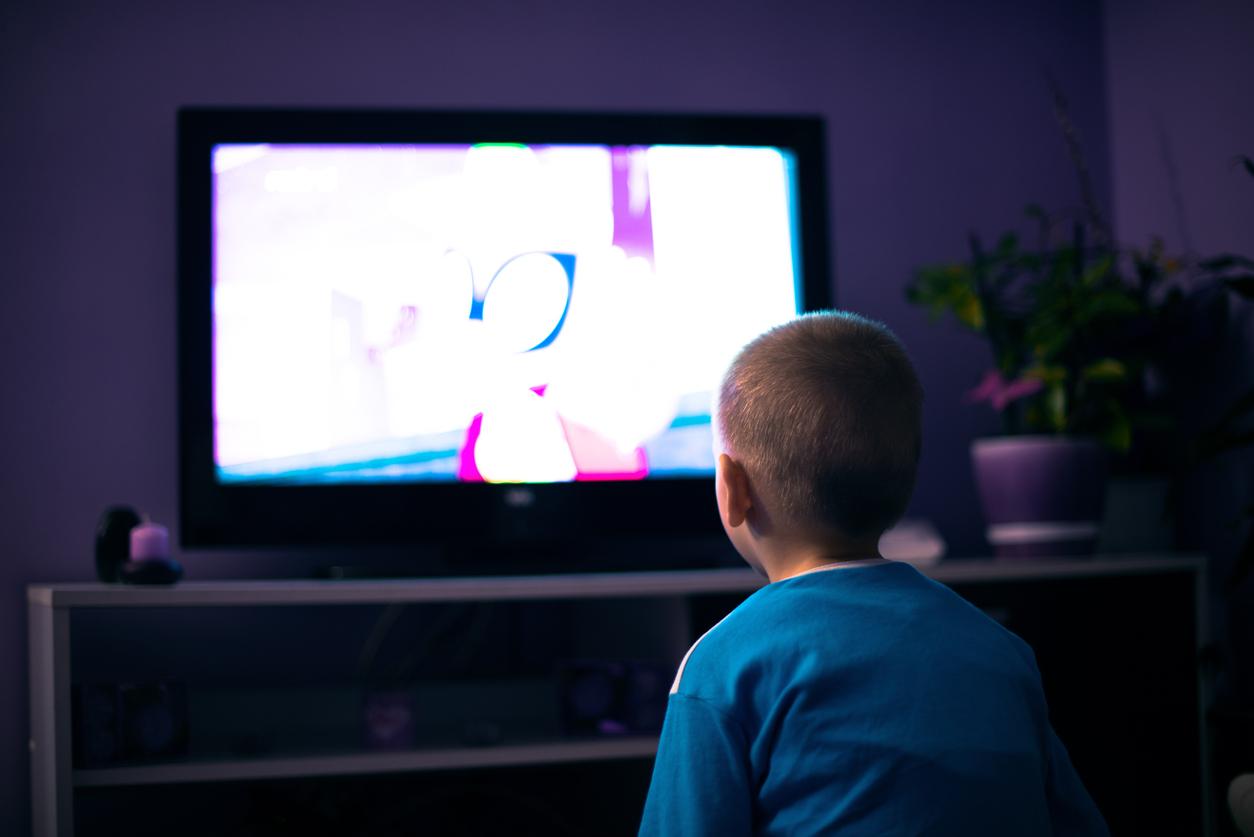Screens can be fun and reinforce children’s learning.
-1575450282.jpg)
Children have an attraction to screens from an early age. Avoiding the risk of overconsumption by limiting their use allows them to learn how to use them well to take advantage of their good sides.
Prioritize quality programs
The use of screens can be useful to help develop certain learning such as languages for example. It is possible to have the youngest listen to cartoons in English, Spanish or even German to help them become familiar with different languages.
Certain quality television programs can also be an additional means of promoting the language of children from 2 years old. There are also interactive apps for learning to read that help them recognize sounds and learn new words.
Even video games can be educational
Video games are not all to be banned. Some can have educational benefits when well chosen and age appropriate. For example, they can help develop logic, visual and spatial skills, and problem-solving skills.
The use must remain supervised
Although it is convenient and fun for children to use screens, they must be taught how to use them well and set limits. Do not hesitate to stay with your child when he plays with the tablet or when he watches television. You can also comment on his efforts to pass a level or discuss with him what is happening on the screen to enrich his experience.
Don’t forget to always give priority to learning in real life and exchanges with those around you, which will always remain the most important in the development of the child.
Find out more: “3-6-9-12 taming screens and growing up”, by Serge Tisseron, published by Eres.
.














